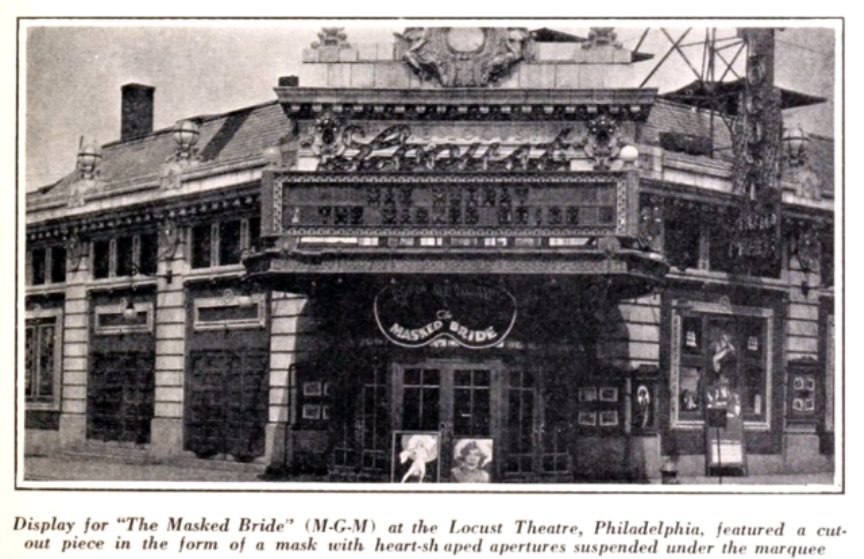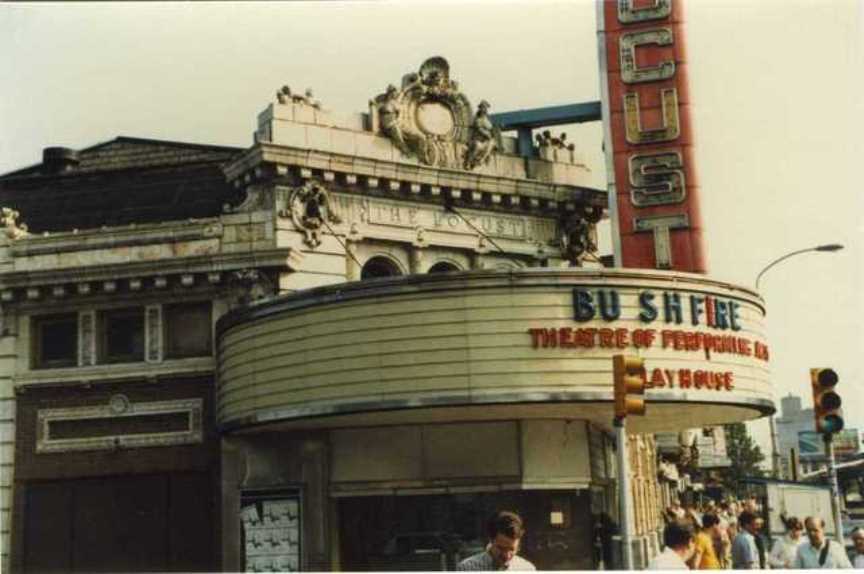Thanks to a reader tip, we visited 52nd Street earlier this week to investigate a potential student housing project in a building with some wonderful bones. It turns out the renovation wasn’t aimed at creating residential units, but will instead result in a very large clothing store in a greatly improved building when all is said and done. As we were discussing that property, we mentioned that the Lincoln Theatre once stood next door, probably the reason it’s known as the Lincoln Building. The Lincoln Theatre was demolished in the 1980s but we happened to notice a different old theatre very close by which has miraculously survived the ravages of time.

The Locust Theatre, on the northwest corner of 52nd & Locust, opened in 1914, according to Cinema Treasures, and originally showed a mix of moving pictures and vaudeville shows. By the 1930s, they nixed the live entertainment, and moved to movies only. In the 1970s, when many cinemas were closing their doors, the building was purchased by the Bushfire Theatre Company. The mission of the theatre company is to offer “greater opportunities to African American professional and non-professional actors, playwrights, directors and other theatre personnel.” As a fringe benefit, the company has maintained this amazing building for the last forty years.

In the 1980s, you can see that the marquee and the projecting sign on the building had changed since the 1920s, but were both still intact. At some point since that time, they’ve been removed. That’s something of a shame, but we’re honestly more interested in the stonework on the building, which has survived, for the most part. You’ll note though, some of the little statues have seemingly broken off from above the area above the entrance.


Bushfire has been doing their thing for forty years, presenting plays and running workshops in the former cinema space. Maybe next season, we’ll check out a show and see whether the original details inside the space have been preserved as effectively as the details on the exterior.
